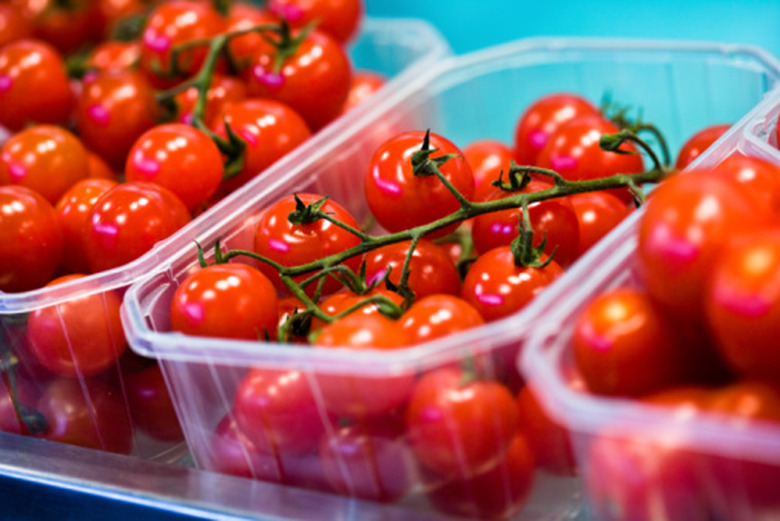How We Classify Vegetables And Fruits
It's human nature to classify things. Grouping comparable items can make things more orderly, and helps us better understand the similarities and differences between things.
It's human nature to classify things. Grouping comparable items can make things more orderly, and helps us better understand the similarities and differences between things. In many instances categories are clearly defined, but when it comes to food, things get a bit hazy, particularly when classifying fruits and vegetables. In science, a fruit is a fleshy, ripe, seed-containing ovary, while a vegetable is the unseeded, edible portion of a plant. In the real world, though, it isn't always that straightforward.
Fruits
To a botanist, any edible plant part that houses seeds is a fruit. This broad group can be further divided into simple fruits and aggregates. Simple fruits stem from a solitary ovary and include grapes, citrus fruits, apples, pears, melons, peaches and plums. Aggregate fruits stem from multiple ovaries, resulting in small fruits with edible seeds, such as raspberries and strawberries. Outside of the science lab, however, most people consider the flavor of the product to be of primary importance when classifying produce: In the eyes of the general public, fruits are sweet and vegetables are not.
- It's human nature to classify things.
- Outside of the science lab, however, most people consider the flavor of the product to be of primary importance when classifying produce: In the eyes of the general public, fruits are sweet and vegetables are not.
Fruiting Vegetables
There are a number of popular vegetables that are technically fruits. Strictly speaking, succulent, fleshy vegetables such as tomatoes, eggplant and bell peppers are fruits, as are seeded vegetables such as corn, peas and green beans. They arise from the plant's ovaries and contain the plant's seeds, meeting the definition of fruit, but they have a low sucrose content and, subsequently, lack the sugary taste commonly associated with fruit. They are, therefore, also classified as vegetables.
Leaves and Stems
The edible (and unseeded) portion of a given plant is the vegetable. Represented by a diverse collection of herbaceous plants, vegetables are often classified by the part of the plant that's eaten. Above the ground, gardeners cultivate greens such as lettuce, cabbage, bok choy and spinach for their tasty leaves, while vegetables such as celery and asparagus are grown for their succulent stems,
- There are a number of popular vegetables that are technically fruits.
- They arise from the plant's ovaries and contain the plant's seeds, meeting the definition of fruit, but they have a low sucrose content and, subsequently, lack the sugary taste commonly associated with fruit.
Bulbs, Roots and Tubers
While many vegetables are cultivated for their above-ground foliage, others are dug from the ground each year, providing sustenance and nourishment to people all over the world. Edible bulbs, such as garlic and onions, add flavor and zest to any number of dishes, while tubers, such as potatoes and yams, find their way into virtually every meal that comes out of the kitchen. Roots vegetables, such as carrots, turnips and parsnips, are valued for their long storage life, as they provide essential nutrients in the cold winter months when little else is growing.
Mushrooms
Mushrooms, such as buttons, shitakes, oysters, wood ears or truffles, are often found in the produce department nestled among the vegetables, but they're not vegetables. Mushrooms are forms of edible fungi and, as such, are not part of the plant kingdom. Fungi do not have roots or leaves, and they do not use photosynthesis to produce energy; therefore, they're not plants and cannot be vegetables.
